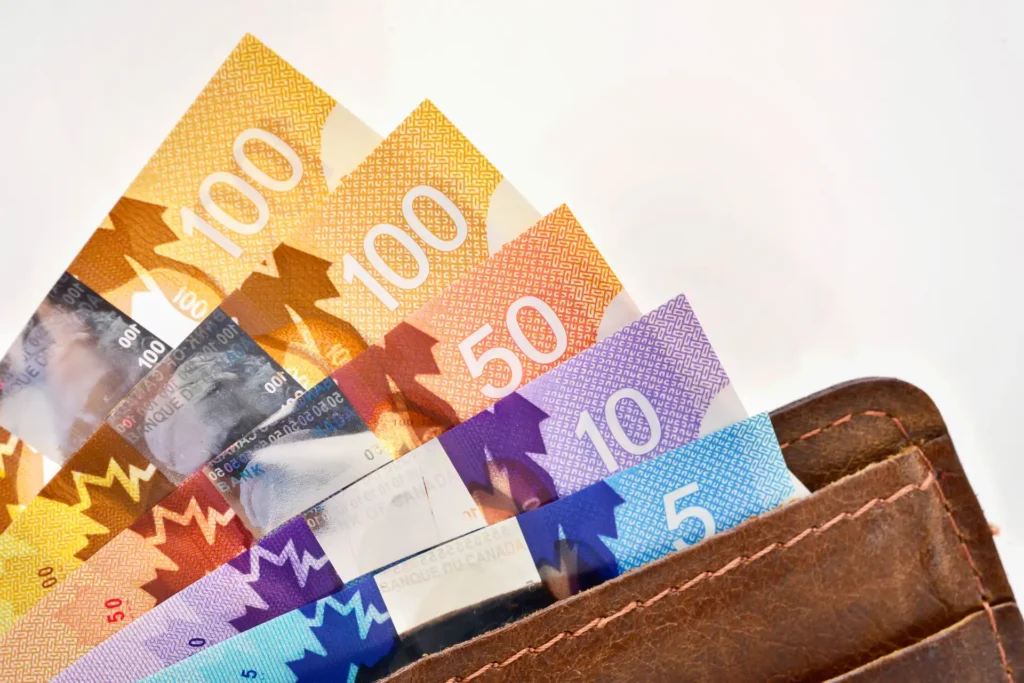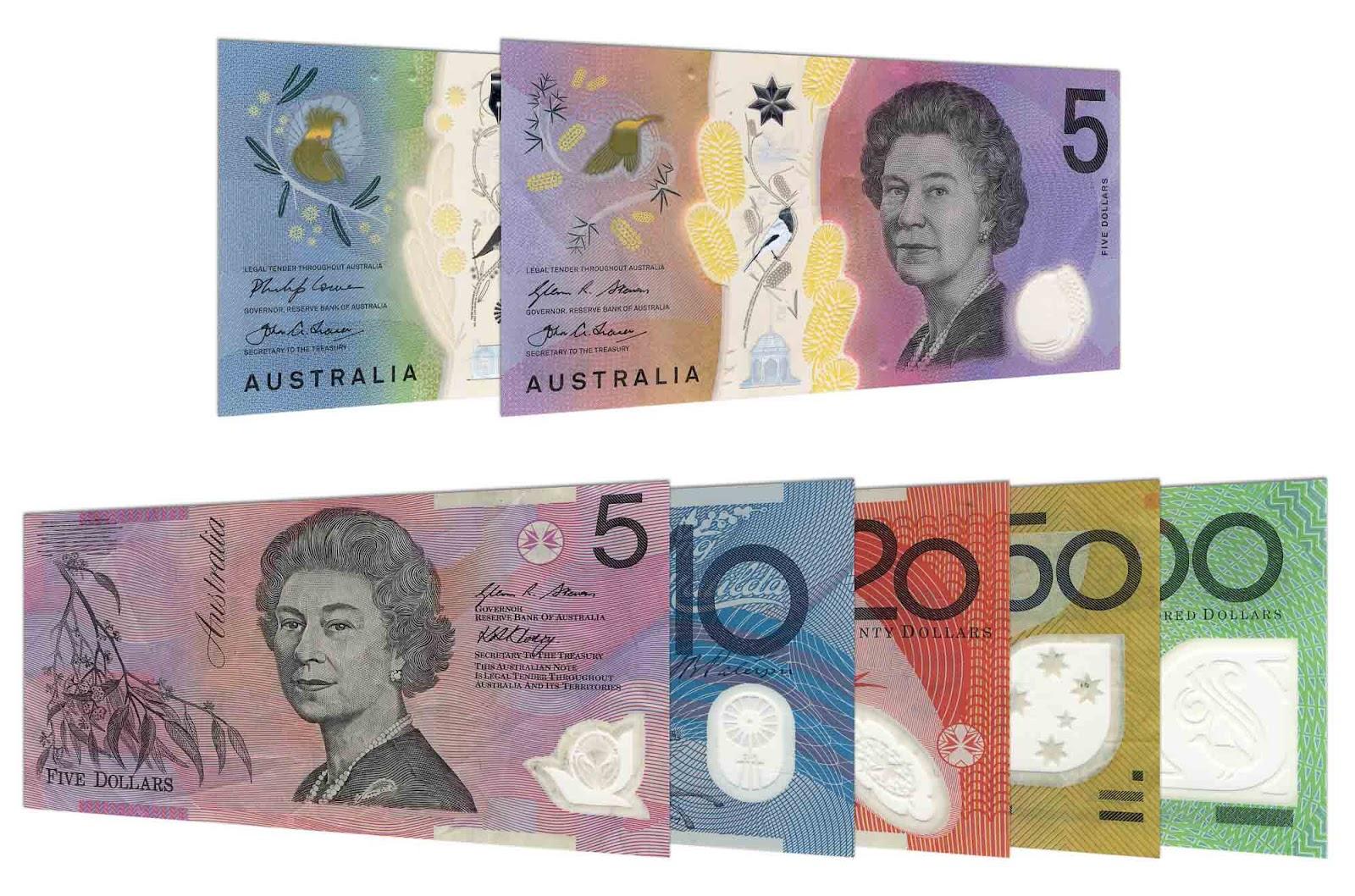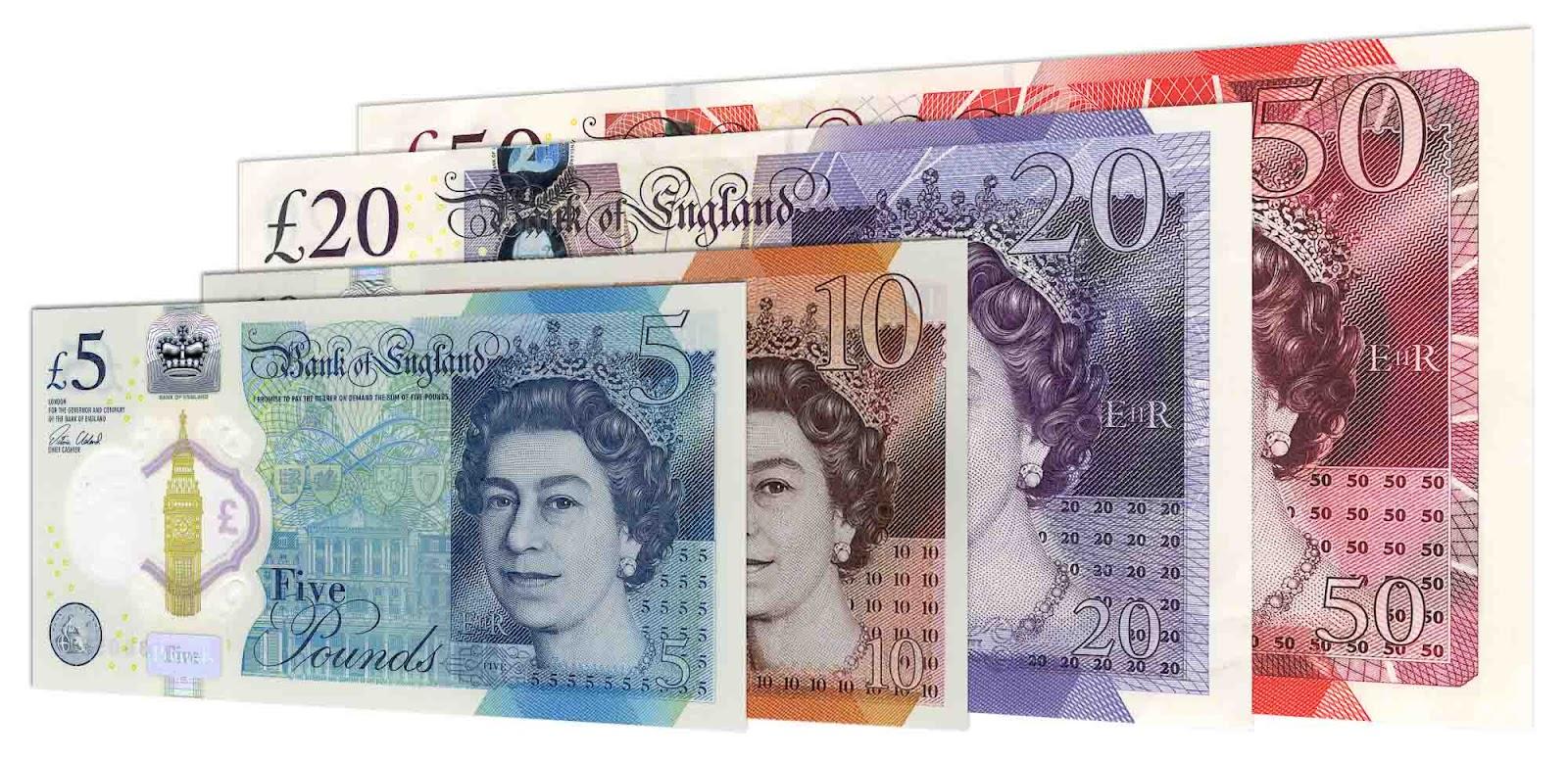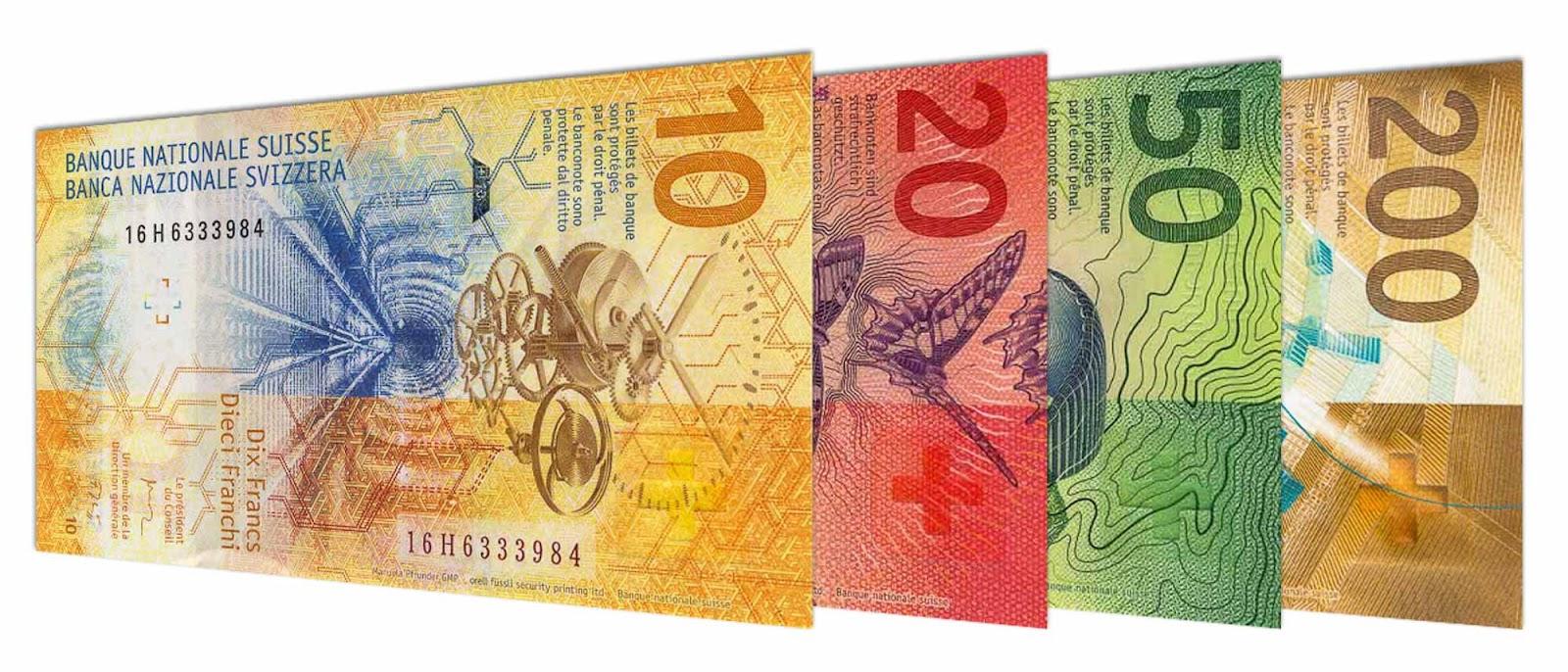
Paper vs polymer banknotes: Travel money around the world
Travelling with cash is still essential in many parts of the world. But have you ever stopped to think about the type of banknotes you’re carrying?
Paper and polymer banknotes are the two main types in circulation today. Both have their pros and cons, especially when you’re travelling.
In this blog, we’ll explore the history of paper and polymer banknotes.
The evolution of banknotes
Banknotes have come a long way since their early days. The first paper notes appeared in China over 1,000 years ago. They were lighter and easier to carry than coins, making trade simpler.
By the 17th century, European countries began using paper money too. Banks issued these notes as a promise to pay the holder in gold or silver. Over time, paper money became the standard for everyday transactions.
In the 1980s, things started to change. Australia introduced the first polymer banknotes. Made from thin plastic, they offered better durability and security. Other countries quickly saw the benefits and began switching from paper to polymer. Today, many countries, including the UK, use polymer notes.

What’s the difference between paper and polymer notes?
Paper notes are made from cotton or a cotton-linen blend. They feel soft and are easy to fold. However, they tear easily and don’t last long in harsh conditions.
Polymer notes are made from a type of plastic. They’re smooth, shiny, and much tougher. They resist water, dirt, and wear better than paper notes. While paper is more traditional, polymer is modern and built to last.
Buy your travel money now
Are polymer banknotes better than paper?
Polymer notes have several advantages. They’re more durable, lasting years longer than paper money. They resist water, so they survive rain, spills, and even a trip through the washing machine.
Polymer banknotes are also more environmentally friendly than paper notes in many ways. They last much longer, so countries don’t need to replace them as often. This reduces waste and lowers production costs.
Polymer notes are also more secure. They can include advanced security features like clear windows and holograms, making them harder to counterfeit. For most travellers, polymer notes are a practical choice.
What is the disadvantage of using polymer banknotes?
Polymer notes aren’t perfect. They can feel slippery and are harder to fold, and some wallets or money clips don’t hold them well. Polymer notes can warp if left in direct sunlight for too long in hot climates.
Countries with polymer banknotes
Many countries have adopted polymer banknotes. Australia was the first to switch entirely in the 1980s. The United Kingdom followed with the Bank of England introducing its polymer series, starting in 2016.
Canada, New Zealand, and Singapore also use polymer notes. More countries are making the switch every year as they look for tougher and more secure options.

What are durasafe banknotes?
DuraSafe banknotes are a mix of paper and polymer. In 2012, Swiss banknote provider Landqart introduced banknotes made of Durasafe substrate.
This banknote series makes the notes incredibly secure since they’re almost impossible to split. The cotton layers include watermarks, security fibres, and threads, keeping traditional security features intact. Even with the added strength, these notes still feel like regular paper money, making them easy to recognise and use.

Takeaways
When it comes to currency, many countries now prefer polymer for good reason. They last longer, resist damage, and keep your money safer on the go.
Whether you’re planning your next trip or just curious about the evolution of cash, understanding your options will help you manage your travel money with ease.
FAQs
How long do polymer banknotes last?
Polymer banknotes last much longer than paper ones. On average, they can survive several years of use. They resist wear, tear, and damage from water or dirt. This makes them ideal for frequent travellers and everyday use.
Will I get more travel money if I use Manor FX?
Yes, you will! We compare exchange rates regularly to give you more for your money. Our rates often beat those of other providers, so you get the best value. Check and compare—you’ll see the difference!
Do you charge any fees?
No, we don’t charge any commissions or hidden fees. Transparency matters to us.